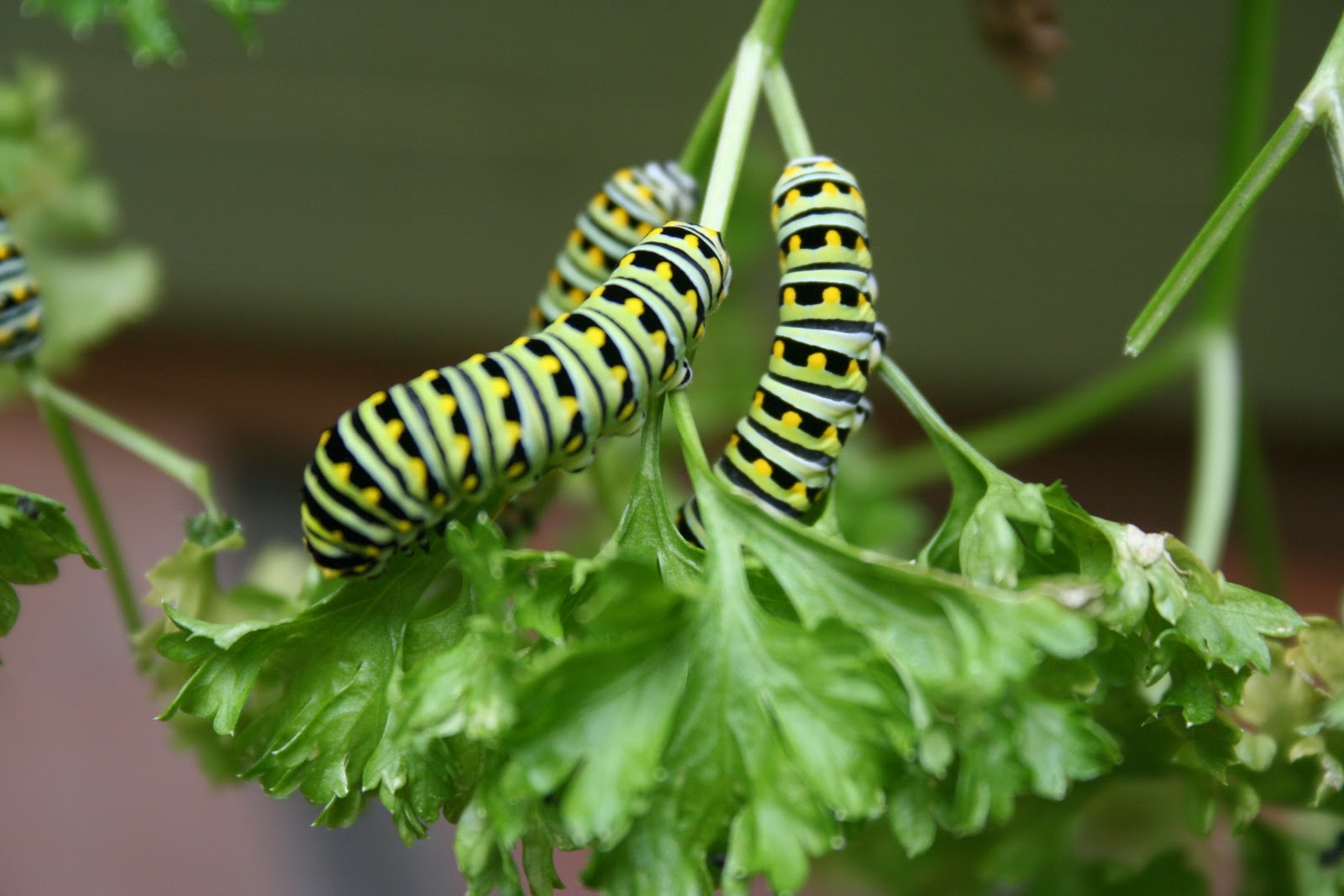
So I am definitely a foodie in my own right. But I am also cheap, and this leads to a lot of… internal conflict. I want fresh fruits and veggies that haven’t been drenched in pesticides and herbicides while being grown in a blasted medium that doesn’t remotely resemble soil (Read Michael Pollan’s Botany of Desire, specifically the chapter on the potato). I want – and believe in the measurable benefits of – my free-range organic, grass-fed meats. I also want to save money and not get reamed. I’m not going to pay an exorbitant amount of money for all this – I am passionate, but not stupid. Presumably. Hopefully.
 |
| Deep-fried banana. Hey at least it’s a banana, right? Bananas are good for you. |
What this means is that I have to think outside the box. Or use teh intarwebs and let other people think outside the box for me. Either way. Anyway, here’s the game-plan. For the meat – buying a chest freezer with my (our) Christmas money and getting the quality of meat I want for a reasonable cost. (Sometimes cheaper that “bad” meat from the store, or so I hear. I’ll let you know.) Fruits and veggies – gotta grow your own whenever possible. That poses a couple problems for me.
 |
| The Great Parsley Annihilation of 2009 |
First, it’s yet another time drain to keep things alive, well and producing. Here’s hoping I don’t forget to feed the dog. Or the cat. Or the fish. Wait… when *was* the last time I fed the fish? But I think I’ll somehow manage. Fortunately, gardening is something I already like. Secondly, I really like trees. A heavily-wooded lot and sunny fruit- and vegetable-bearing garden are pretty much mutually exclusive. We have less trees in the front, especially right in front of the house. So that’s where the vegetables will go, in a little annex of land between the driveway and the spur of the driveway. To create more arable territory, we’ll also be growing vegetables in container plants on part of the driveway.
But, blackberries and raspberries are a little more tolerant,and since they are typically so vigorous, we’re putting in a whole trellis of them down the side of the house(photos available upon completion). Gets pretty good light in the summertime, so we think our little thorny ones will do just fine. We picked up our botanical booty for a great cause and great price today from the Atlanta Local Food Initiative/Atlanta Community Food Bank. We got three varieties of blackberry; Apache, Navaho and Ouchita. And two varieties of raspberry, Heritage and Anne. Anne is a yellow raspberry, and I am pretty interested to see that.
We also scored two pawpaws, Rebecca’s Gold, and Mango. Pawpaws are not to be confused with papayas, for whom the nickname “pawpaws” is sometimes given. This is hard to do when even the first page of a Google image search shows images of both. Let’s let Wikipedia explain about pawpaws: Pawpaw (Asimina) is a genus of small clustered trees with large leaves and fruit, native to North America. The genus includes the largest edible fruit indigenous to the continent. They are understory trees found in well drained deep fertile bottom land and hilly upland habitat. Pawpaw is in the same family (Annonaceae) as the custard-apple, cherimoya, sweetsop, ylang-ylang and soursop, and it is the only member of that family not confined to the tropics. The name, also spelled paw paw, paw-paw, and papaw, probably derives from the Spanish papaya, perhaps because of the superficial similarity of their fruit.
 |
| Image from a fun article about pawpaws on veggiegardeningtips.com. |
I think that sounds cool. A native plant, a new fruit. Something unusual and fun. And here’s the kicker – they are shade tolerant because they are typically understory trees. The more sun the better for fruit production, but we now how wiggle room! No more cramming everything in the front yard! Sadly, my report on the taste and character of the pawpaw fruit will have to wait a while, because they do not fruit until they mature around 5-7 years of age. So I’ll get back to you on that. For now, I am just have to have the plants and to have planted them without mishap (photos when the trellis is complete). Now we just have to protect them from the elements and wildlife until they can hold their own. And keep our eyes and ears out for other cool plants to grow in the garden. the most tempting suggestion I’ve seen recently has been artichokes – apparently they are perennial in Georgia. Sounds awesome to me!
emily
Nerd. Foodie. Gamer. Homecook. Perpetual planner. Gardener. Aspiring homesteader. Direct response graphic designer. I use too many damn commas.
So, chest freezer. Awesome! Just wanted to recommend getting one that has a lock if you are going to keep it in a garage or carport. When we had one growing up, we would occasionally open it to find that raccoons has crawled in and were munching away. We started locking it and it solved that problem. 🙂
On the subject of prioritizing what you buy organic, there's the "Dirty Dozen": a list of the 12 top most pesticide-contaminated fruits and veggies. Naturally, those would be the ones you would try to buy organic and the others probably not (or less frequently).
http://www.organic.org/articles/showarticle/article-214
Susie, duly noted.
Mary, I love that list! That is just great and helps us plan what we'll be growing!
Wait so if paw paws are indigenous to N. America the Balu was talking about papayas in the song Bare Necessities? He couldn't have been talking about your paw paws because they are native and exclusive to America and The Jungle Book takes place in the jungles of the Indian sub-continent. Has Disney mislead me?
He also sings about prickly pear and that is North American, too. Disney is disseminating botanical misinformation! 😛